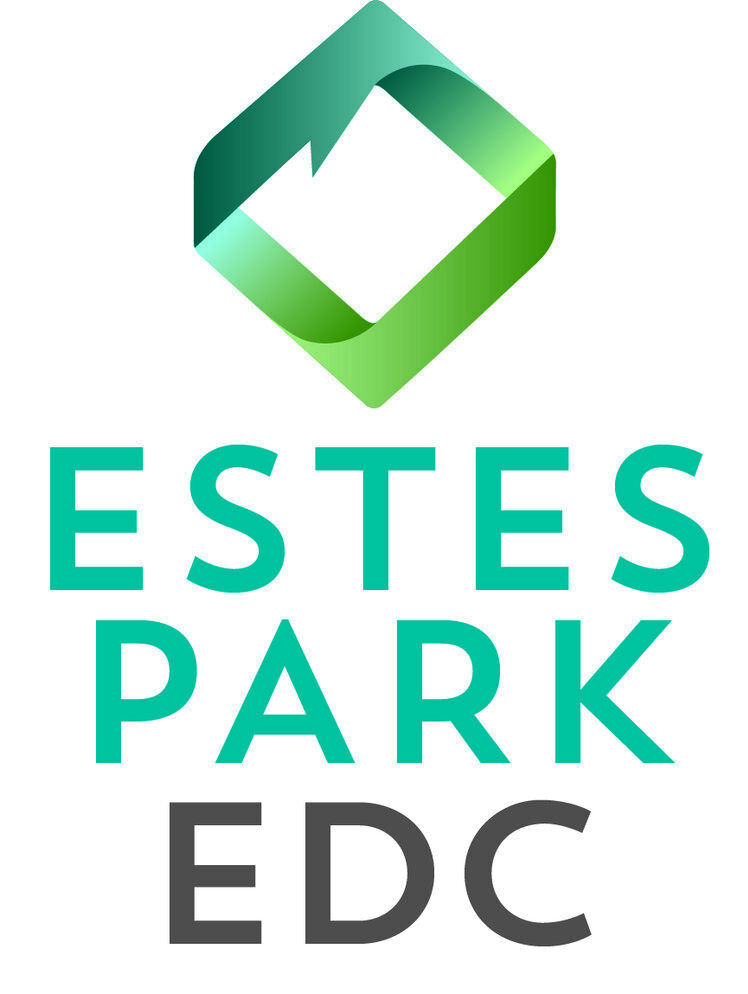Local businesses form the backbone of vibrant communities, and government grants can act as powerful accelerators—providing funding, resources, and legitimacy.
In 2025, these grants are more relevant than ever, offering strategic support across innovation, beautification, export growth, and capital access.
Below is a comprehensive, fact-rich exploration of how government grants promote local business growth, the latest trends, and concrete steps you can take to tap into them.
Why Government Grants Matter for Local Business Growth
- Zero Equity Cost
Unlike venture capital or private investors, grants do not demand surrendering ownership or equity. They provide funding without diluting control—especially valuable to small business owners and community entrepreneurs. - Catalyzing Multiplier Effects
Grants often fund physical upgrades—storefront facades, outdoor seating, lighting, signage, or accessibility enhancements—that boost neighborhood foot traffic. When one shop upgrades, adjacent businesses often benefit from spillover customer flows. - Bridging the Risk Gap
Many small businesses struggle to access loans due to limited track records or collateral. Grants can mitigate risk by helping businesses achieve readiness—paying for equipment, certifications, or small pilot runs—thus increasing creditworthiness. - Expanding Market Reach
Some grants support export and market expansion—helping local firms attend trade shows, translate websites, or adapt packaging. This empowers even small operations to tap into national or global demand. - Anchoring Innovation Locally
For firms developing new technologies, grants for R&D (research & development) and prototyping help keep innovation anchored locally. That fosters high-paying jobs and strengthens the regional innovation ecosystem.
Key Types of Grants Driving Impact in 2025
| Grant Type | Scale / Funding Pool | Intended Recipients | Common Uses | Local Growth Leverages |
|---|---|---|---|---|
| Innovation / R&D Grants | Federal & agency budgets running into billions | Technology startups, research teams | Prototype development, pilot studies, commercialization steps | Attracts high-wage sectors, retains top talent |
| Export & Market Access Grants | State and federal co-funding pools | Small exporters and companies exploring foreign markets | Trade show fees, translation, market research | Increases revenue, diversifies markets |
| Place-based / Main-street Grants | City or county discretionary funds | Retailers, restaurants, service shops | Facade upgrades, outdoor seating, equipment | Revitalizes business districts → draws customers |
| Capital Access / Matching Grants | State or federally enabled funding | Small businesses and entrepreneurs | Subsidizing interest, partial matching for loans | Makes borrowing more affordable, boosting expansion |
| Micro / Regional Grants | Local economic development agencies or foundations | Young firms, neighborhood shops | Build-outs, hiring, tools, technology purchases | Rapid job growth, grassroots support |
Recent Trends
- Many municipalities continue rolling out rounds of façade and beautification grants, with award caps ranging from $5,000 to $25,000 per business. These rounds often prioritize accessibility upgrades, outdoor seating, and energy efficient lighting.
- In regional economic hubs, micro-grant competitions now offer $10,000–$30,000 per business, often packaged alongside mentorship, coworking space access, or marketing toolkits.
- State trade offices are expanding export reimbursement programs, with several states allowing businesses to recoup up to 50% of trade-show expenses, translation costs, or freight for sample shipping.
- Governments are increasingly structuring grant “stacking” frameworks—permitting businesses to combine small grants (e.g. a façade grant + equipment grant + export support) to meet comprehensive growth goals.
- To supplement grants, many local agencies now embed technical assistance (TA)—helping grantees with financial projections, marketing, permit navigation, and measurement of return on investment.
How Grants Translate Into Jobs & Growth
- Businesses receiving modest grants (e.g. $10,000–$25,000) often report creating 1–3 new full-time jobs within 12 months, especially when grants cover equipment or expansion costs.
- Facade, signage, and accessibility improvements increase consumer confidence—business districts with upgraded storefronts often see 5–15% rise in foot traffic during grant implementation months.
- Small firms that access grants to attend trade shows or expand distribution channels frequently report 20–40% revenue growth in following quarters, thanks to entering new markets.
- In regions where economic development agencies maintain continuous grant pipelines, business survival and expansion over 5 years is measurably higher—lessening backsliding into closure.
How to Position Your Business to Win a 2025 Grant
Step 1: Identify Your Lane
- If you’re innovating new products or services, focus on R&D / innovation grants.
- If you’re a local retailer, restaurant, or storefront operator, look for place-based façade / refurbishment grants in your city or county.
- If you aim to broaden your market regionally or globally, explore export / market access grants in your state.
Step 2: Quantify Local Benefits
Grants are more likely to be approved when applicants show clear local impact: number of jobs to be created or retained, local supplier spend, accessibility improvements, energy efficiency benefits, or how customer foot traffic will increase.
Step 3: Build a Clean, Realistic Budget
Typically, grants prefer capital expenditures (equipment, build-outs, upgrades) over ongoing costs like payroll or rent. Show itemized cost estimates, quotes, and how every dollar contributes directly to growth milestones.
Step 4: Seek Technical Assistance
Contact your Small Business Development Center (SBDC), local chamber, or economic development office—many provide free coaching or grant-writing review services. That extra polish can raise your proposal quality.
Step 5: Layer and Stack
If allowable by program rules, combine micro-grants (for shop upgrades) with export reimbursements or matching grants to multiply impact.
Some jurisdictions now expect grant recipients to roll into capital access programs after initial funding.
Illustrative Example Scenarios
- Neighborhood Café Upgrade
A café in a historic downtown applies for a $15,000 façade grant and adds new lighting, signage, and an accessible ramp. Pairing that with a small equipment grant of $8,000 (for improved ovens) and a local TA voucher, the café increases customer visits and boosts monthly revenue by 12%. Hiring one extra barista becomes sustainable. - Artisan Export Jump-Start
A local artisan producing specialty textiles obtains a $10,000 export support reimbursement covering trade show booth, packaging redesign, and translation. That opens a foreign wholesale channel, triggering 25% revenue growth, enabling the hiring of an assistant. - Tech Prototype Venture
A small tech team receives an R&D grant to build a prototype device. Once validating market demand, they later combine that with matching capital access support to launch locally, hire designers, and keep innovation anchored in their city.
In 2025, government grants remain a potent lever for local business growth—whether you’re operating a café, boutique, artisanal shop, or tech venture.
Because grants are non-dilutive, targeted, and locally beneficial, they amplify impact far beyond the dollar amounts themselves.
The most successful approaches stack capital tools, embed technical assistance, and quantify community ROI.
If you’re serious about helping your business grow, your first steps should be: explore local grant pipelines, draft a crisp growth plan with measurable impacts, tap grant-writing assistance, and don’t wait—many programs are timely or first-come.
In short: in 2025, a well-executed grant strategy can become your catalyst—not just for business growth, but for uplifting your entire neighborhood.
FAQs
Are these grants only for big or technology firms?
No. Many programs explicitly target main-street businesses, restaurants, retailers, and artisans. Even tech firms must often tie their proposals to local economic benefits—so your storefront, food service, or artisan venture is fully eligible in many locales.
Do grants cover operating expenses like salaries or rent?
Usually not. Most grant programs favor capital expenditures like physical upgrades, equipment, or project-based costs. Ongoing costs (payroll, lease) are frequently disallowed or capped. Always check individual grant rules.
Can I apply to multiple grants at once?
Yes—if the rules permit. Many jurisdictions now allow grant stacking, where you combine a façade grant, equipment grant, and export support, so long as the uses don’t overlap and each grant’s compliance requirements are met.

